As you contemplate investing in property through your superannuation, understanding the differences between new and established properties is crucial. This decision significantly impacts your investment’s growth potential, cash flow, and overall strategy. Below, we explore the key factors influencing your choice, alongside the advantages and disadvantages of each option.
Understanding Growth: New vs. Established Properties in Super
When considering property investments, it’s essential to remember that established properties are typically located in mature neighborhoods with existing infrastructure. While they may not always attract more tenants or yield higher rents than new properties, they often provide immediate growth potential due to their historical stability and appreciation.
If you’re comparing growth potential between new and old properties, this article on Understanding Growth: New vs. Established Properties in Super offers additional insight into how each type aligns with your super strategy.
- Established Properties:
- Pros:
- Growth Potential: Established properties are likely to appreciate in value due to their location in developed areas with limited new supply. This makes them a solid choice for long-term growth, especially when focusing on the average home rather than luxury properties.
- Stable Demand: While rental yields can vary based on market conditions, established areas generally benefit from stable demand due to their location and amenities.
- Cons:
- Maintenance Costs: Older properties can incur unexpected repair expenses, which can impact cash flow. Investors must budget for ongoing maintenance and repairs, potentially affecting profitability.
- Wear and Tear: The older the property, the more wear and tear it typically experiences. This can lead to increased attention and costs for upkeep, ultimately turning into financial losses.
- Pros:
In contrast, new properties appeal to many buyers and tenants due to their modern features and energy-efficient designs. However, the rising costs associated with new developments can limit their affordability, affecting rental demand and ROI:
- New Properties:
- Pros:
- Modern Appeal: Attracts tenants who seek updated living spaces with contemporary amenities.
- Lower Immediate Maintenance Costs: Typically require less upkeep in the early years.
- Cons:
- Affordability Issues: Higher price points can limit the number of potential tenants, as many people rent within their budget. This can restrict reasonable ROI, particularly in new estates where prices may outpace rental growth.
- Rapid Depreciation: New buildings often depreciate quickly, which can limit your investment returns.
- Oversupply Risk: Increased supply in new developments may suppress rental growth until the market stabilizes, as builders continuously add inventory.
- Artificial Hype: Developers or buying clubs may create artificial hype to sell properties, which can lead to unfortunate outcomes for investors who rely on exaggerated promises.
- Pros:
The Importance of Cash Flow in Property Investment
Cash flow is a critical factor in any property investment. Here’s how each type of property impacts cash flow:
- Established Properties:
- While they might not always provide the highest rental yields, the consistent demand for average homes in established areas often results in reliable cash flow over time.
- New Properties:
- Higher initial costs can lead to cash flow challenges if rental income does not meet expectations, especially if prices have surged in the area.
To better manage these financial aspects within your super, refer to The Dos and Don’ts of Buying Property in Your SMSF for compliance guidance and strategic tips.
Land Appreciation vs. Building Depreciation: Key Considerations
When investing in established properties, land typically appreciates in value even as the building itself depreciates. This dynamic allows for greater growth potential in your investment. In contrast, new properties may have appreciating land, but the rapid depreciation of the building can limit overall growth.
Navigating Supply and Demand in Real Estate Investment
Understanding supply and demand dynamics is crucial when investing:
- Established Areas:
- Limited new constructions create scarcity, driving demand and enhancing potential appreciation.
- Less likelihood of additional properties being built can lead to higher values over time.
- New Developments:
- While new estates may present opportunities for early investment, increased supply can dilute demand, limiting growth until the market stabilizes.
- Developers or buying clubs may create artificial hype to sell properties, which can mislead investors and result in financial losses.
The Limitations of Renovations in Your Super
Renovations can add value to established properties, but they often require additional contributions to your super fund that cannot be recovered until retirement. While renovations on new properties are possible, the rapid depreciation limits the return on investment. Therefore, it is essential to weigh the costs against potential benefits.
Maximizing Growth: The Case for Purchasing Multiple Properties
Investing in multiple properties can enhance your overall growth potential. If both properties appreciate significantly over a ten-year period, consider selling one to pay off the other, utilizing a “double-up” strategy. This approach allows you to capitalize on the growth of both assets, provided you conduct careful market analysis.
Evaluating Cash Flow and Costs in Your Super Fund
Ultimately, whether you choose to invest in new or established properties within your super, understanding the dynamics of growth potential, cash flow, and property selection is crucial for making an informed decision.




